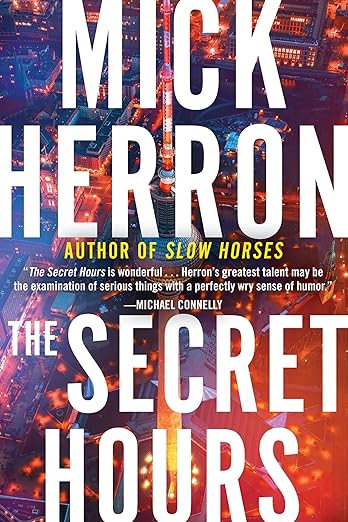 Like many other immigrant groups, Jews took advantage of the US government program that helped settle parts of the Midwest and West by giving a portion of free land to people who agreed to farm it. That’s how Jews came to North Dakota, a frozen, hostile, windswept, and often heartbreaking place to be a pioneer. In 1894, a young Russian woman named Rachel Bella Kahn came to the US to marry, sight unseen, a young man named Abraham Calof, who was living with his family in northeastern North Dakota.
Like many other immigrant groups, Jews took advantage of the US government program that helped settle parts of the Midwest and West by giving a portion of free land to people who agreed to farm it. That’s how Jews came to North Dakota, a frozen, hostile, windswept, and often heartbreaking place to be a pioneer. In 1894, a young Russian woman named Rachel Bella Kahn came to the US to marry, sight unseen, a young man named Abraham Calof, who was living with his family in northeastern North Dakota.
New Yorkers know about the role of the Lower East Side in Jewish life, often from family stories. Some of you may have been to the Tenement Museum which gives such a vivid sense of what life was like not just for our Jewish forebears, but for other immigrant groups as well. But there were Jews who didn’t stop in New York, who kept on going, and one of my favorite memoirs by a woman who traveled further west is Rachel Calof’s Story.
Rachel Bella Kahn was born in a shtetl (village) in Russia in 1874 and at the age of four, her mother died, leaving her the oldest daughter. By age eight, she was fully responsible for her two younger siblings. Her father eventually remarried, but it was not a good situation for Rachel and she was sent to another shtetl to live with relatives. As a dependent in another household, she knew she was in an awkward position, so when an immigrant gentleman in America sent a request to the village for a bride, it seemed like the right time for Rachel to move on. She undertook the arduous journey to New York, alone, and there she met Abraham Calof who had made the long train trip from his home in North Dakota to meet her.
Much to her delight, he seemed like a kindred spirit, and after a few weeks of acquaintance, they took the train west to North Dakota where his parents, two brothers, and two nieces had just settled with their families. Rachel is shocked by their unkempt appearance, their apparent ignorance; and her prospective mother-in-law’s unreasonable demands. They have all been living in 12×14 shacks in this desolate land, with the most primitive of furnishings and supplies. The prairies are barren and desolate; their only fuel for warmth in the frigid winters is dried cow dung. The night Rachel and Abraham arrive, they discover that their own shack has been blown upside-down by a windstorm and now has no roof. They must move in with her future in-laws. This is her introduction to a life of incredible travail and privation. In that day and age, of course, she is repeatedly pregnant, delivering her children on the wooden kitchen table, and nature, accidents of weather and fire, and errors of judgment take their toll. But Rachel is rarely daunted—she has an amazing ability to make the best of her situation.
How do we come to have this record? In 1936, Rachel Bella Kahn Calof purchased a writing tablet and began to reconstruct her life story. She probably wanted to pass the memoir down to her descendants. It certainly never occurred to her that you or I would be interested in her life. She probably didn’t give it the name “memoir.” According to her family, she rarely discussed her past and she never kept a diary. She wrote her story straight out in Yiddish with rarely a change of wording, as if it had been forming in her mind for years, just waiting until she had time to set it down. We are richer for having this narrative about one brave Jewish woman’s experience. As she writes at the end of her story: “I had traveled a long and often torturous way from the little shtetl in Russia where I was born. It wasn’t an easy road by any means, but if you love the living of life you must know the journey was well worth it.” It’s a remarkable and absorbing account. I’ve picked up this book over and over, happy to be in the company of such an extraordinary woman.
Calof, Rachel and J. Sanford Rikoon. Rachel Calof’s Story. Indiana Univ. Press, 1995.


 I’m a big fan of the
I’m a big fan of the